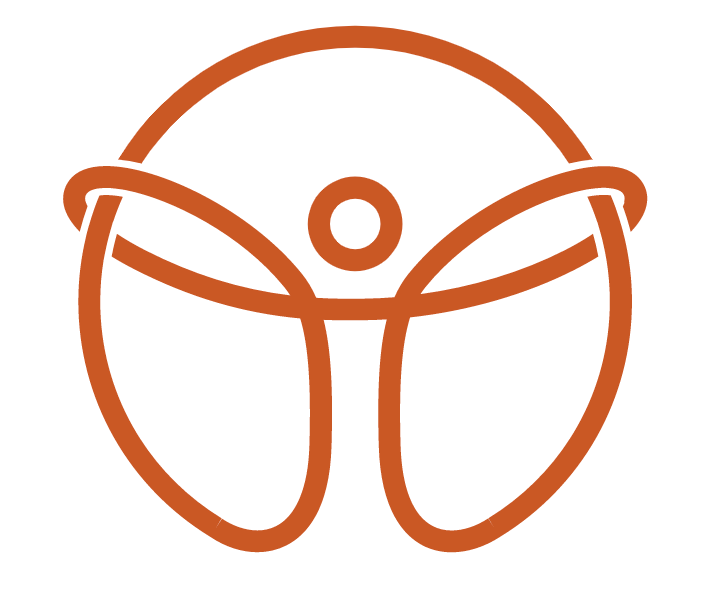Unlocking Shoulder Mobility using soft tissue Tools
Scapular release using Graston or other instrument-assisted soft tissue mobilization (IASTM) techniques can be a game-changer for individuals with shoulder pain or restricted mobility. As chiropractors, we understand the importance of a healthy, mobile scapula (shoulder blade) for optimal upper-body function, especially for athletes and those with active lifestyles. In this blog, we’ll explore how scapular release works using these specialized tools, the benefits of the technique, and how it can complement a comprehensive chiropractic approach to shoulder health.
What is Scapular Release?
The scapula plays a critical role in shoulder function, stabilizing and supporting movements like lifting, throwing, or simply reaching overhead. However, tightness or adhesions in the surrounding muscles (like the subscapularis, serratus anterior, or trapezius) can limit its range of motion, leading to discomfort or even injury over time.
Scapular release involves breaking up restrictions within these tissues to restore mobility, often using Graston or other IASTM tools. These tools are specially designed stainless steel instruments with unique shapes that allow chiropractors to target specific areas of tissue restriction, like knots or adhesions around the scapula. The controlled application of pressure can help “release” tight tissues, reduce scar tissue, and stimulate blood flow, leading to improved mobility and pain relief.
How the Graston or IASTM Technique Works
The Graston Technique and IASTM involve applying various strokes along the affected muscle groups and connective tissue around the scapula. Here’s a closer look at the steps involved in a scapular release session:
Assessment: The chiropractor first assesses the scapular area to locate tight or restricted areas using palpation and visual examination. Identifying specific zones of restriction helps ensure the tools are applied with precision.
Tool Application: Next, the Graston or IASTM tool is used to stroke along the muscle fibers and fascia surrounding the scapula. The chiropractor may adjust the pressure and angle of the strokes based on the client’s tolerance and the tissue’s response.
Tissue Release: As the tool moves over the muscles, it breaks down adhesions and scar tissue, promoting increased blood flow to the area. This can result in mild discomfort but generally leads to immediate or gradual improvements in mobility and pain relief.
The technique itself is relatively gentle, yet it can penetrate deeply into tissue layers that are difficult to access by hand, allowing the chiropractor to effectively release restrictions without excessive force.
Benefits of Scapular Release Using Graston or IASTM
Improved Range of Motion: By breaking up adhesions around the scapula, IASTM can restore healthy mobility, allowing the shoulder to move more freely. This is especially beneficial for athletes who rely on shoulder flexibility and strength for performance, such as swimmers, pitchers, and weightlifters.
Pain Reduction: Releasing restricted tissues helps alleviate pressure on surrounding nerves and muscles, which can reduce shoulder pain, particularly for individuals with chronic shoulder or upper back discomfort.
Enhanced Recovery: For those recovering from shoulder injuries or surgeries, Graston and IASTM tools can speed up the healing process by reducing scar tissue and promoting circulation. This increased blood flow brings more oxygen and nutrients to the area, which can facilitate tissue repair.
Better Posture and Stability: Many patients experience improved posture and shoulder stability following scapular release. By addressing underlying tightness in the scapular muscles, this technique supports better alignment, reducing strain on the upper back and neck muscles.
Holistic Shoulder Health: Beyond addressing pain, scapular release can serve as preventive care, helping to keep the shoulder in peak condition. With a fully mobile scapula, the shoulder joint is less likely to suffer from impingement, rotator cuff injuries, or other overuse issues.
Integrating Scapular Release with Chiropractic Care
Scapular release with Graston or IASTM tools works best when integrated into a broader chiropractic plan, including soft tissue work, adjustments, and corrective exercises. By combining these approaches, we address the underlying causes of shoulder dysfunction, helping clients maintain optimal shoulder health and avoid future injury.
For individuals experiencing shoulder pain or limited range of motion, consult with a sports chiropractor to learn how scapular release with IASTM tools might benefit you. This method isn’t just about pain relief; it’s about restoring full function and supporting a healthier, more active lifestyle.

